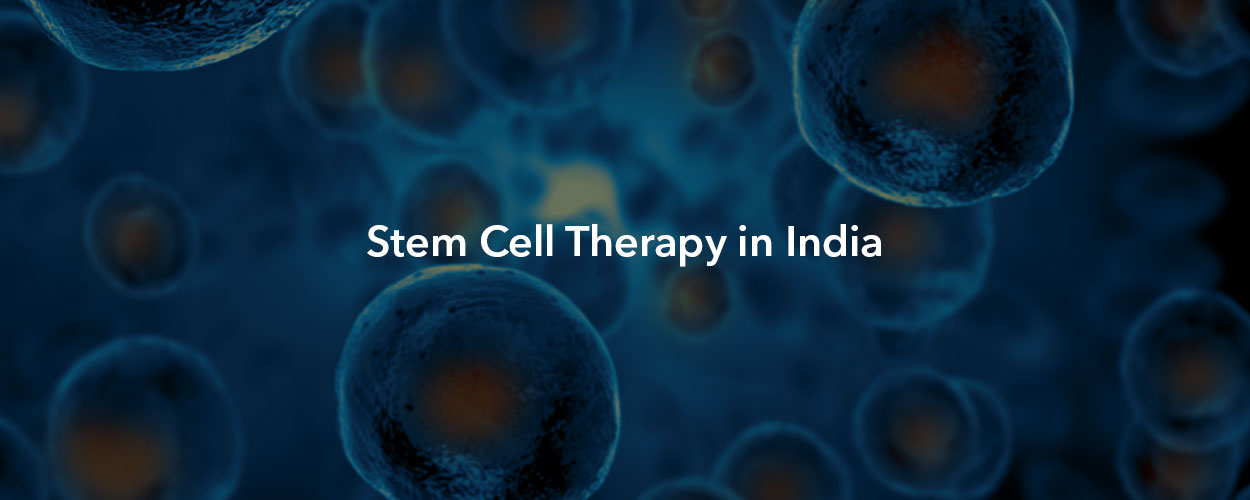Stem Cell Treatment Procedure
Stem cells’ versatility, self-renewal, and tissue repair properties are thought to be promising for the treatment of male and female infertility, and they have been used in the study and treatment of a variety of infertility diseases.
Stem cell therapy is becoming increasingly common in the treatment of cancer, particularly blood cancer. It is usually performed during a bone marrow transplant. However, in recent years, doctors have also attempted to use it to treat infertility.
Nonetheless, the procedure or techniques used are vague. As a result, giving a detailed explanation of the same gets a little challenging. However, it may broadly be categorized as:
Stem Cell Treatment for Male Infertility: Essentially, the stem cell treatment for male infertility involves the spermatogenesis procedure. The process promotes the development of haploid spermatozoa from germ cells to testis tubules.
It begins with the mitotic division of stem cells and helps the testes produce more sperm cells than normal. This significantly increases the human sperm count.
As a result, the effect of infertility gradually decreases. If everything goes well, the couple may be able to conceive within a few years.
Causes of Male Infertility
Several factors, such as genetic mutations, infections, physical changes, hormonal imbalances, and psychological stress, directly or indirectly affect the normal development and quality of sperm, preventing men from fathering offspring.
- Infection
- Tumours
- Celiac disease
- Undescended testicles
- Hormone imbalances
- Defects of tubules that transport sperm
- Chromosome defects
- Prior surgeries
- Heavy metal exposure
- Radiation or X-rays
- Overheating the testicles
Due to the most recent advancements in microsurgical methods and in vitro fertilization (IVF)/ICSI, an increasing number of patients with azoospermia, oligospermia (low sperm count), and poor sperm quality have obtained successful outcomes.
Stem Cell Treatment for Female Infertility: Stem cell therapy can also benefit women who are struggling with infertility. It can aid in oocyte generation and ovarian cell production. This allows them to significantly increase their overall fertility.
Furthermore, it can repair uterine tissues and aid the organ in adequately producing healthy cells. This way, women can overcome their infertility and pave the way for motherhood.
Female Infertility issue comes with a band of various other related issues:
- Asherman Syndrome.
- Endometrial Thinning.
- Poor Ovarian Reserve.
- Uterus problems: polyps, fibroids, septum, or adhesions inside the uterus cavity.
- Fallopian problems.
- Ovulation problems.
Causes of Female Infertility
- Problems with the uterus, leading to the development of fibroids, polyps, septum, etc.
- Chronic pelvic inflammatory diseases are usually caused due to bacterial infection.
- Hormonal imbalance leading to poor ovarian reserves, polycystic ovarian syndrome.
- Long-term use of steroid medications or birth contraceptives.
- Endometrial cancer.
- Other disorders of the endocrine system led to hormonal imbalances.
- Intrauterine exposure to viral and/or bacterial infection.
- Other environmental factors include stress, depression, etc.
- Increased maternal age.


